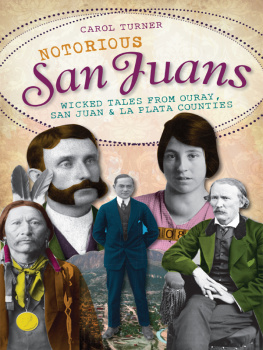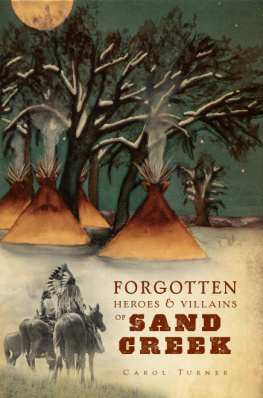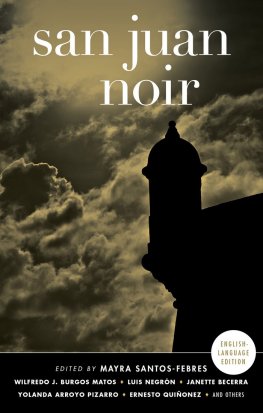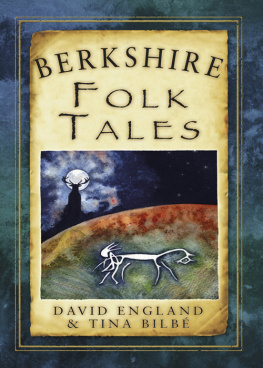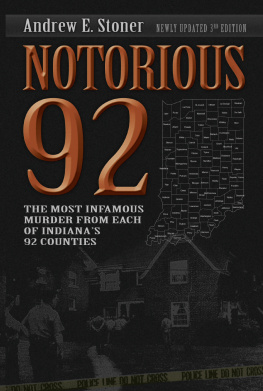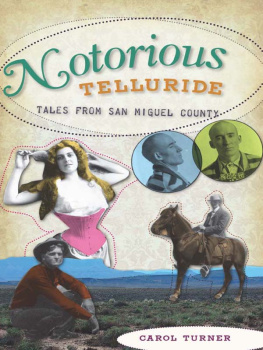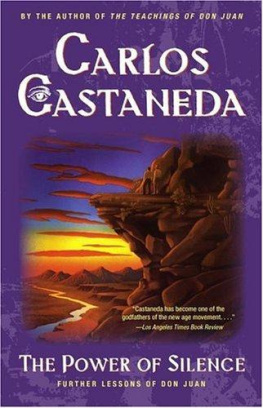

Blair Street, Silverton, at one time served as the red light district. Drawing by Richard Turner.

Published by The History Press
Charleston, SC 29403
www.historypress.net
Copyright 2011 by Carol Turner
All rights reserved
First published 2011
e-book edition 2013
Manufactured in the United States
ISBN 978.1.62584.123.0
Library of Congress Cataloging-in-Publication Data
Turner, Carol.
Notorious San Juans : wicked tales from Ouray, San Juan, and La Plata counties / Carol Turner.
p. cm.
Includes bibliographical references.
print edition ISBN 978-1-60949-260-1
1. San Juan County (Colo.)--History--Anecdotes. 2. Ouray County (Colo.)--History--Anecdotes. 3. La Plata County (Colo.)--History--Anecdotes. 4. San Juan County (Colo.)--Biography--Anecdotes. 5. Ouray County (Colo.)--Biography--Anecdotes. 6. La Plata County (Colo.)--Biography--Anecdotes. 7. Frontier and pioneer life--Colorado--San Juan County--Anecdotes. 8. Frontier and pioneer life--Colorado--Ouray County--Anecdotes. 9. Frontier and pioneer life--Colorado--La Plata County--Anecdotes. I. Title.
F782.S19T87 2011
978.825--dc22
2011013954
Notice: The information in this book is true and complete to the best of our knowledge. It is offered without guarantee on the part of the author or The History Press. The author and The History Press disclaim all liability in connection with the use of this book.
All rights reserved. No part of this book may be reproduced or transmitted in any form whatsoever without prior written permission from the publisher except in the case of brief quotations embodied in critical articles and reviews.
For Mardi
Contents
Acknowledgements
Thank you to Sharon Stackhouse and Robynn Thomas, descendents of Joseph Walker, who shared their research, photographs and insights with me about the Walker case. Thanks also to their parents, Robert Tunstall Walker Jr. and Janet Robinson Walker, for sharing their family papers and photographs. I deeply admire the familys efforts to gain proper recognition for their ancestors sacrifice. I also owe thanks to Julie Pickett, cofounder of Friends of the Animas City Cemetery, for sharing her considerable knowledge of the Stockton brothers and for sending me her shot of Isaac Ike Stocktons grave in that cemetery. A big thank-you goes to Ron Moore and the folks at Durangos Greenmount Cemetery for allowing me to use a number of photographs from their excellent website. Thanks also to Lindsay Eppich, for her photographs (and for digging through the snow); to Richard Turner, for his fine drawings; and to John and Lynn Turner and Jolie Gallagher, for feedback on the manuscript. Thanks to Elena Cline at the Colorado State Archives for her help with the mug shots and to the wonderful folks who run the Colorado Historic Newspapers Collection. Finally, many thanks go to Becky LeJeune, acquisitions editor at The History Press, who is a joy to work with.
Photos from the Walker family collection are courtesy of Robert Tunstall Walker Jr., Janet Robinson Walker, Sharon Stackhouse and Robynn Thomas.
Introduction
It took a certain kind of person to come to the remote regions of the west and build a life. As shown by the tragic story of a man like Thomas Greatorex, good breeding and civic mindedness were not always appreciated or rewarded. On the other hand, plenty of unruly fellows, like Ike Stockton or Kid Adams, found out the hard way that living beyond the boundaries of a regulated society was not always a free pass to raise hell. Justice in the San Juans was certainly uneven. Even if you murdered someone in cold blood, there was a good chance youd spend only a few years in prison for your crime. That is, if you somehow managed to avoid being lynched.
The events in Notorious San Juans took place in three counties: Ouray, San Juan and La Plata. The source material was primarily the regional newspapers, of which there were many. Oftentimes, the newspaper publishers themselves served as more than just recordersseveral of them played a major role in the drama. None of them shied away from controversy or taking sides. With at least one notable exception, they all seemed to have a jolly good time.
Chapter 1
Death of the Secret Service Man
On a quiet Sunday morning, November 3, 1907, four men explored a hilly area of homestead claims near Hesperus, eleven miles west of Durango. Two of the men were locals, hired as government contractors. The other two served as agents of the U.S. Secret Service. The men had come to investigate an unexplained air shaftsomething that made no sense on a farmers homestead claim.
They located the air shaft, placed a sturdy log across the opening and then rigged a rope and pulley. To test for air, they lowered a candle. Within five feet of the top, a draft extinguished the flame. Three of the men lowered themselves down the sixty-five-foot shaft. The fourth, Agent Joseph A. Walker, stayed up top.
When the men reached the bottom, they discovered a three-foot-wide opening to a horizontal tunnel. They entered and crawled for about twenty-five feet. As described by Agent Thomas J. Callaghan, We were very much surprised to find ourselves in the main workings of a large coal mine.
The area they had entered was the Hesperus Coal Mine, owned by one of the most prominent men in Durango, John Porter.
Joseph Walker, in charge of the investigation, had evidence that homestead claims in the area had been filed fraudulently at the behest of the Porter Fuel Company. In those days, homestead claims were inexpensive for settlers and free for former soldiers. The government placed limitations on where mining interests were allowed to buy land and charged them significant amounts for mineral rights. Reports had reached the Secret Service that some homesteaders were filing claims they had no intention of farming. Once they fulfilled the minimum legal requirements, they sold the property to a mining company.
The investigators spent an hour and a half inside the mine, making notes and measurements. It was a Sunday so the place was quiet. When they finished, they crawled back to the air shaft. There, they were startled to discover that the top of the shaft had been covered with brush. Much worse, the rope they had used to climb down now lay coiled in a heap at their feet.
They called up the shaft for Agent Walker but got no reply.
Realizing they could be in deep trouble, the men took the precaution of writing down the circumstances of their situation. They hid these documents among their clothing.
One of the contractors, Tom Harper, was the man who first alerted the agency to the air shaft. A former miner, forty-one-year-old Harper was a rancher and stockman living with his wife and three children in Ridges Basin. He had been hired by Walker only a few days earlier to help the investigation. Described by Agent Callaghan as a big husky fellow, Harper announced that he was going to climb freehand up the sixty-five-foot shaft. The shaft was lined with round logs, so there was some footing available but little to grab onto with ones hands.
Harper began his climb and made it up ten or fifteen feet but came crashing back down again. He repeated this effort several times. Finally, amazingly, he somehow made it to the top. He lowered a tape line, to which the others attached the rope. When the rope was once again in place, the two other men climbed back up the shaft.
Next page
